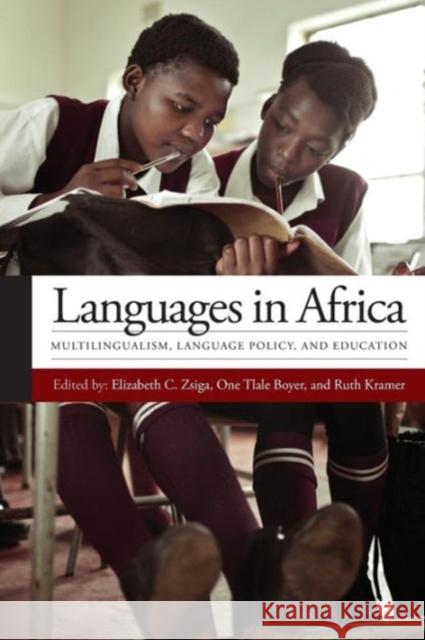Languages in Africa: Multilingualism, Language Policy, and Education » książka
Languages in Africa: Multilingualism, Language Policy, and Education
ISBN-13: 9781626161528 / Angielski / Miękka / 2015 / 160 str.
In many African communities, languages are nested in concentric circles. Commonly, a speaker's mother tongue is used by a small group; often it is not written or used in school--and may be endangered. Surrounding that language is a national language, an indigenous language that is more widely used, is written, and may be used in school. Then comes an international language, such as English or French, which is a legacy of colonialism; this language will carry high prestige, be used in higher education as a prospective means of mobility, and yet will not be well known. The essays in this volume examine the phenomenon of multilingualism through case studies that cover the whole continent, from South Africa to Cote d'Ivoire to Kenya. While contributors find that many languages are dying, that indigenous languages are devalued even by their own speakers, and that schools are failing to effectively teach the children who attend them, they also find that local education programs that use the mother tongue can work, language policies can be changed by informed linguistic expertise, and linguistic creativity thrives.











